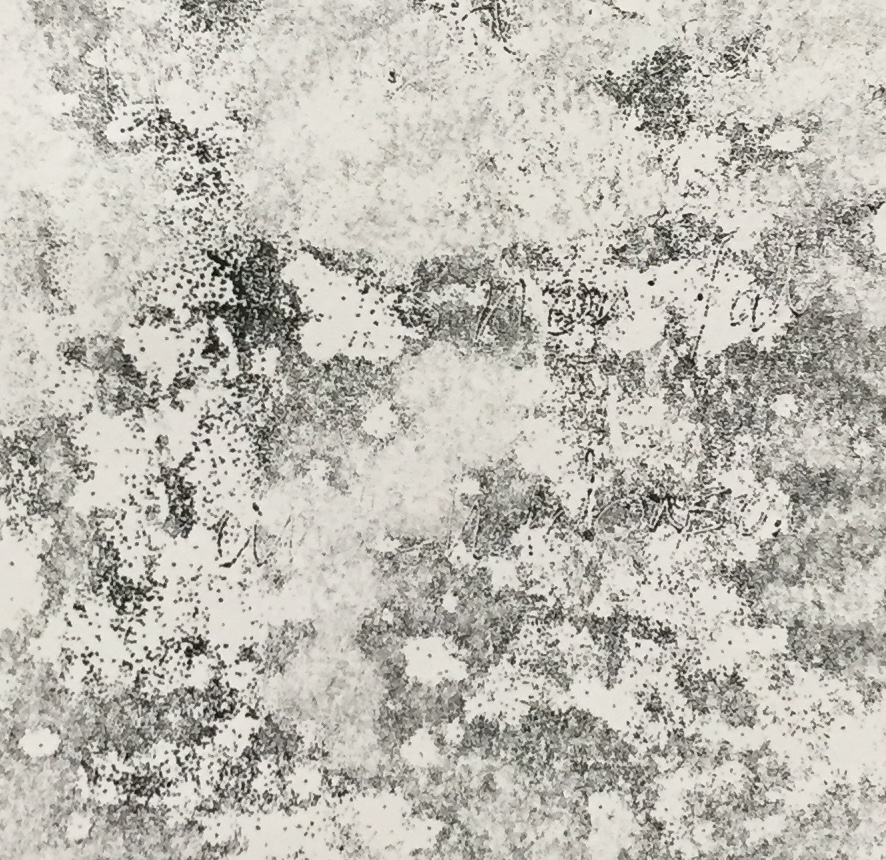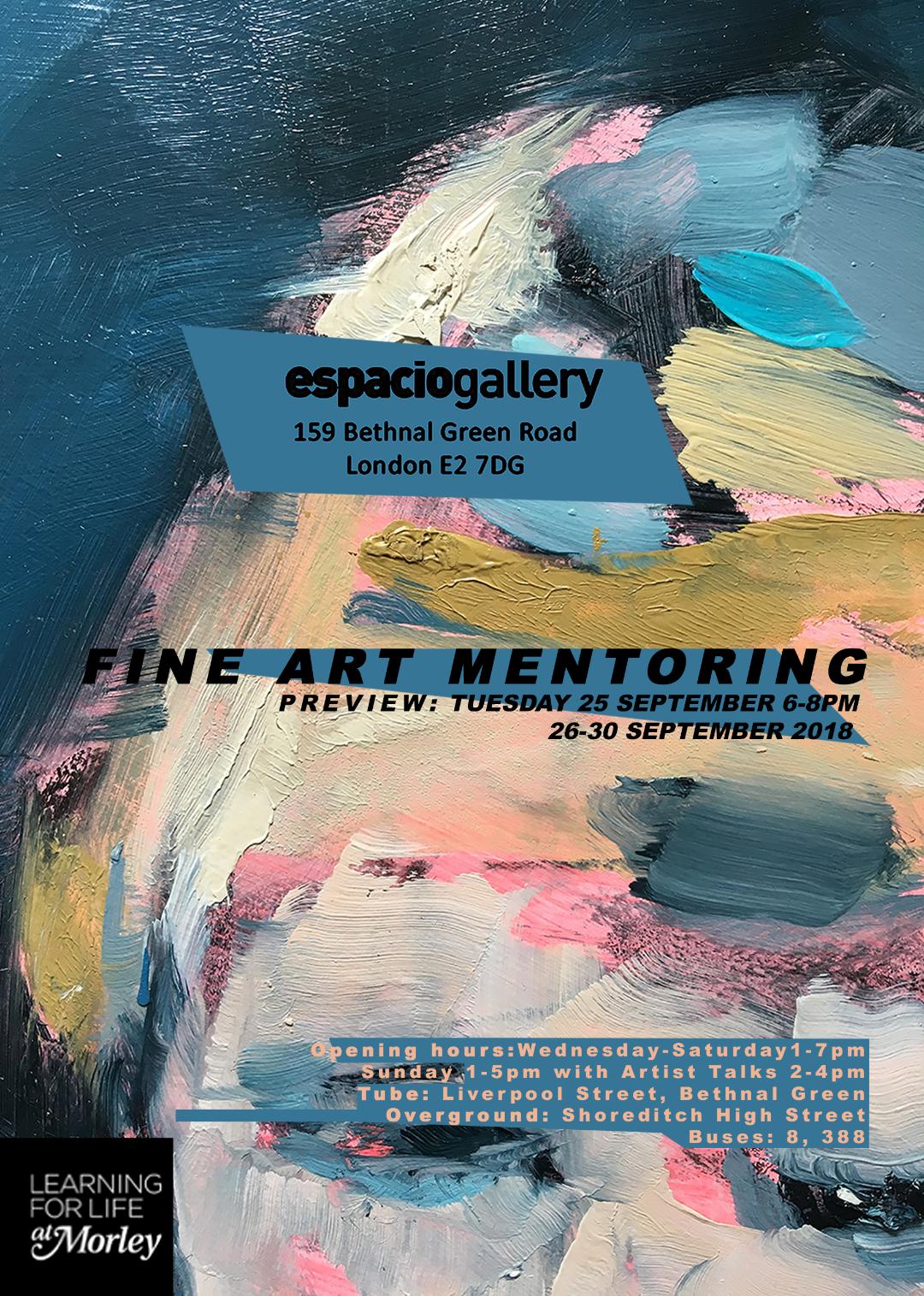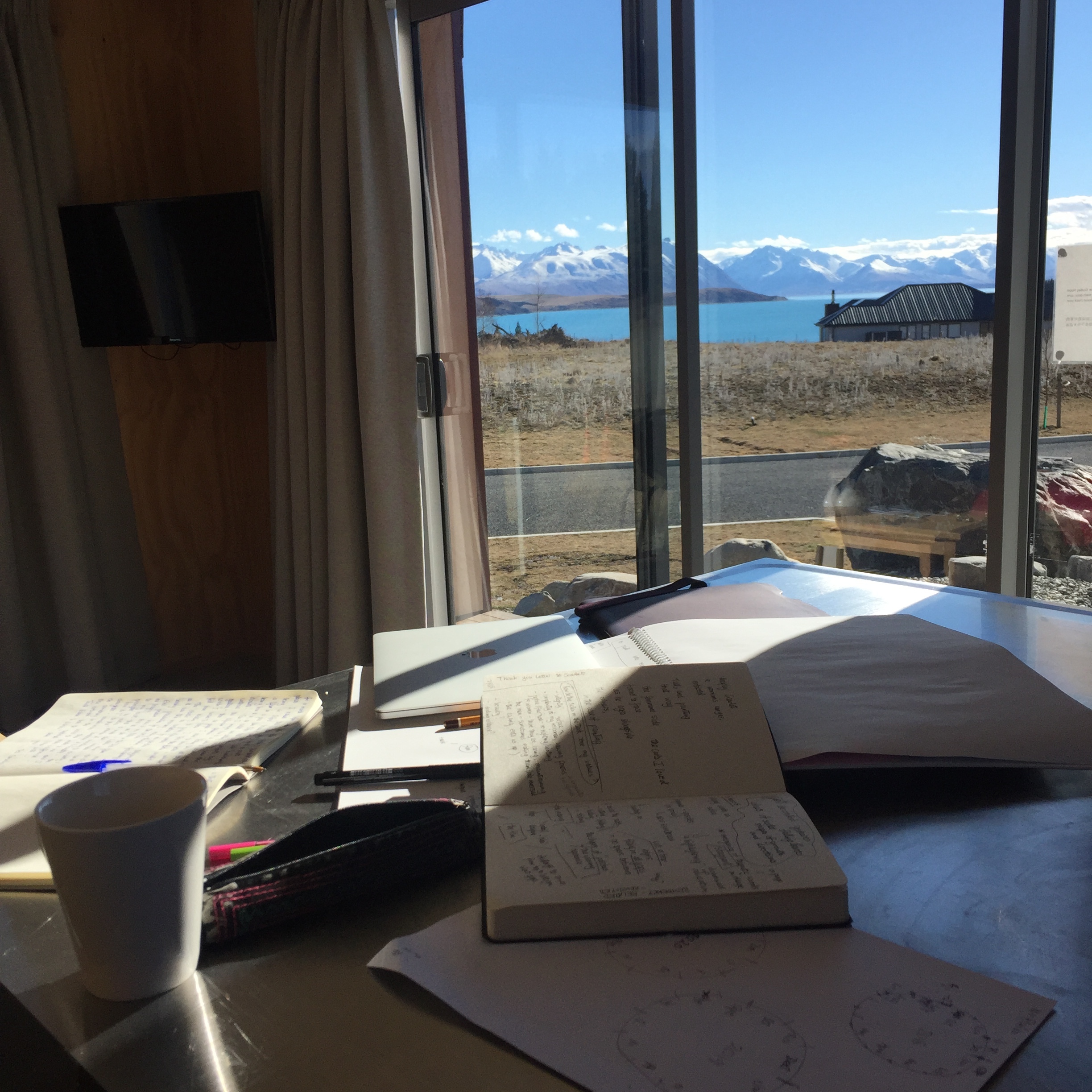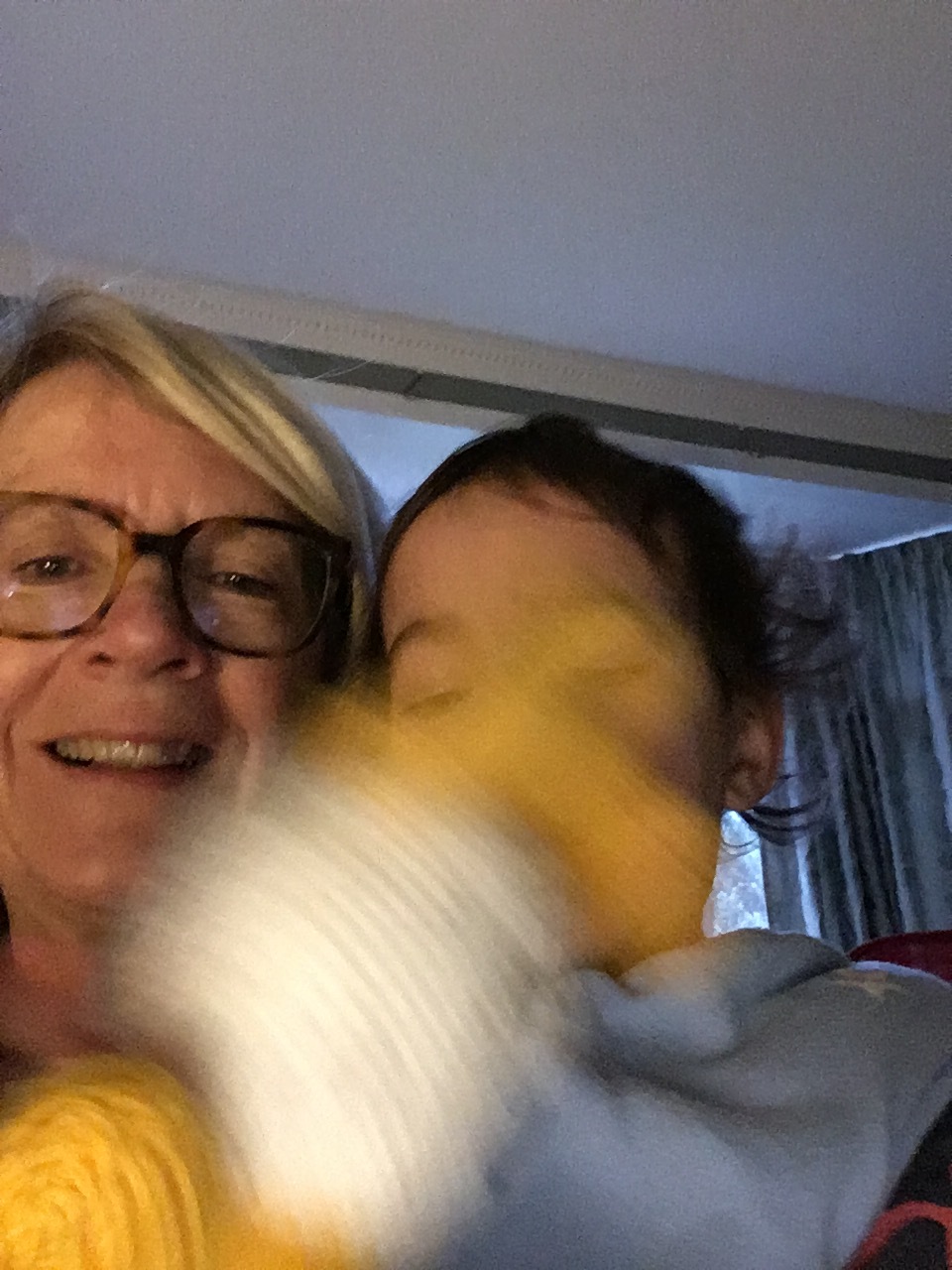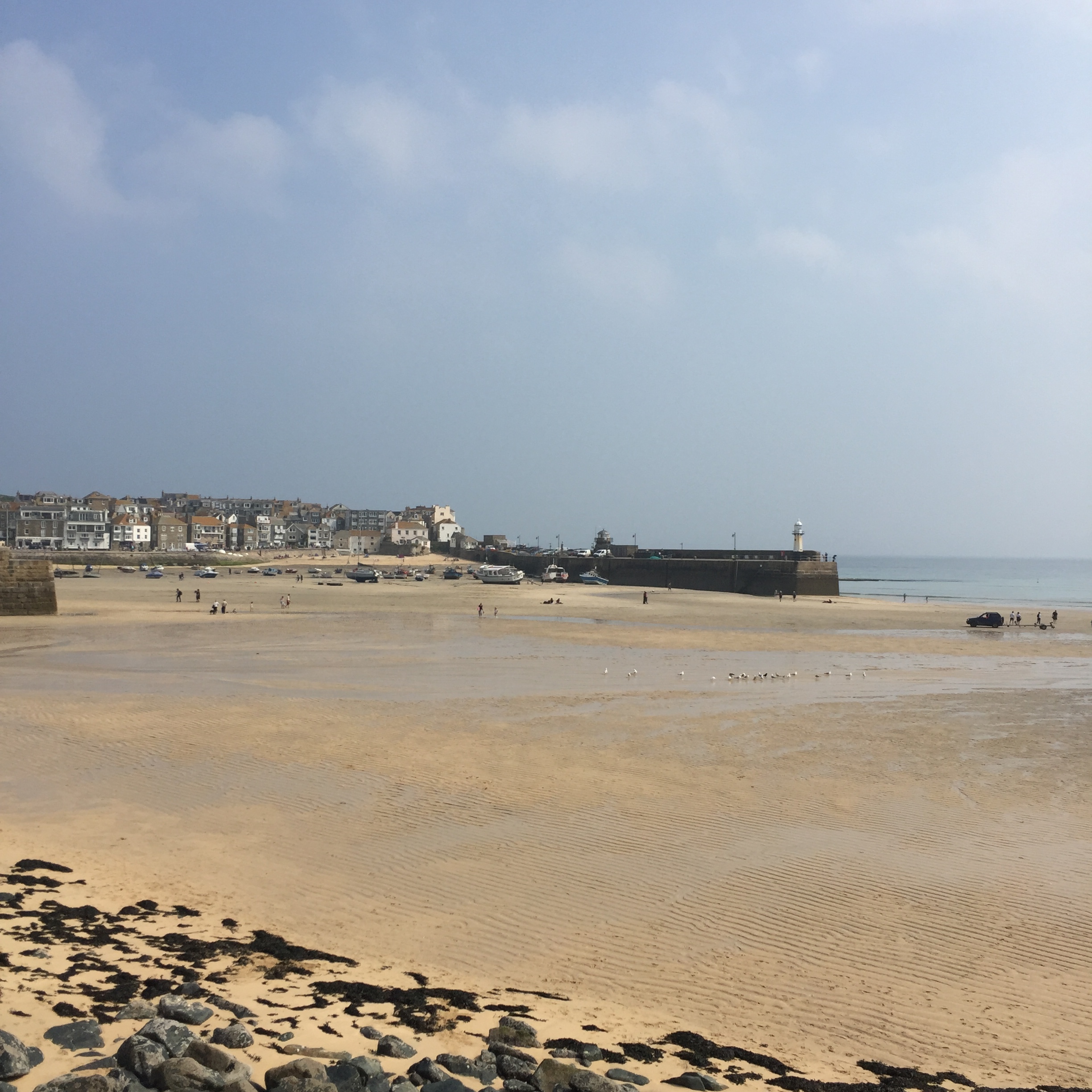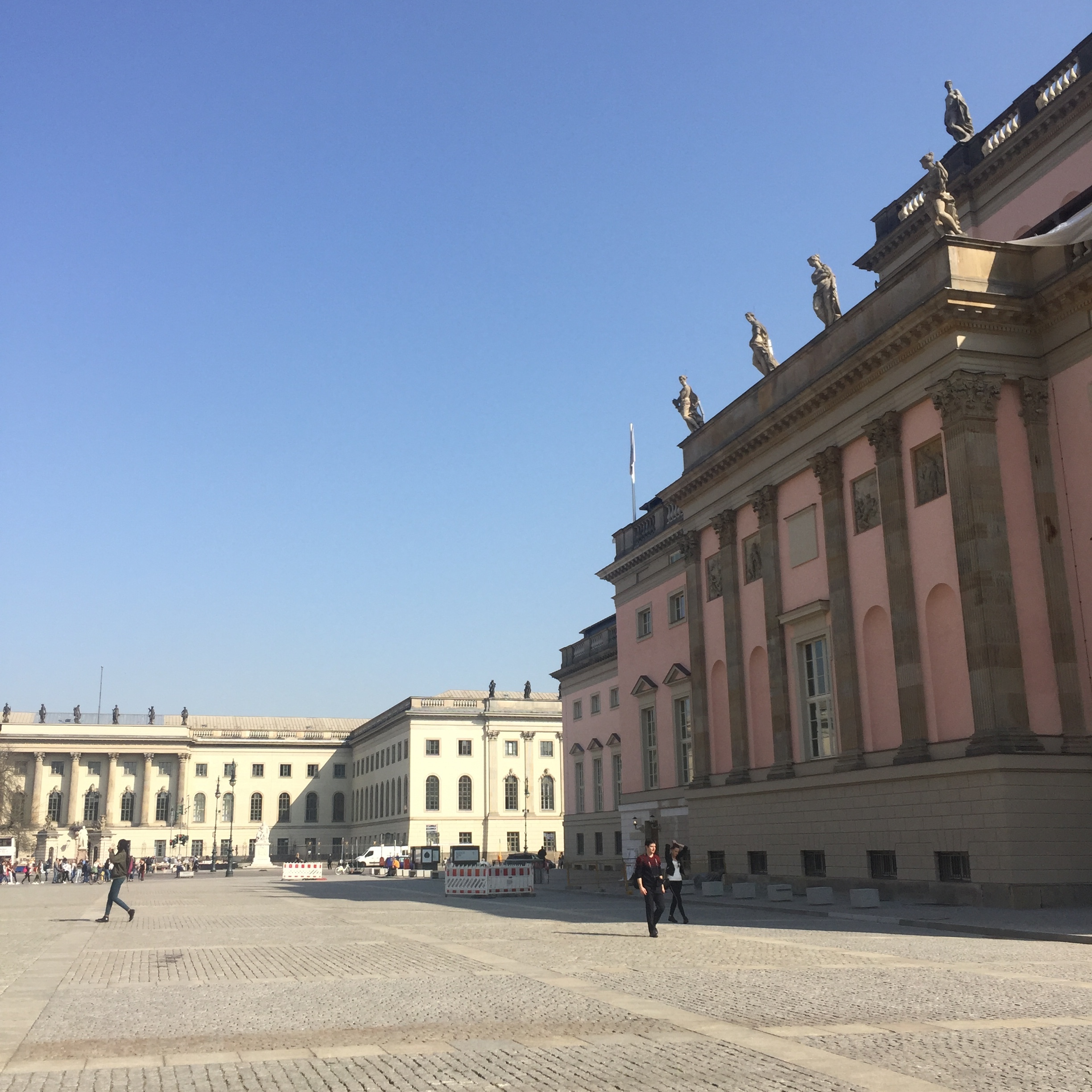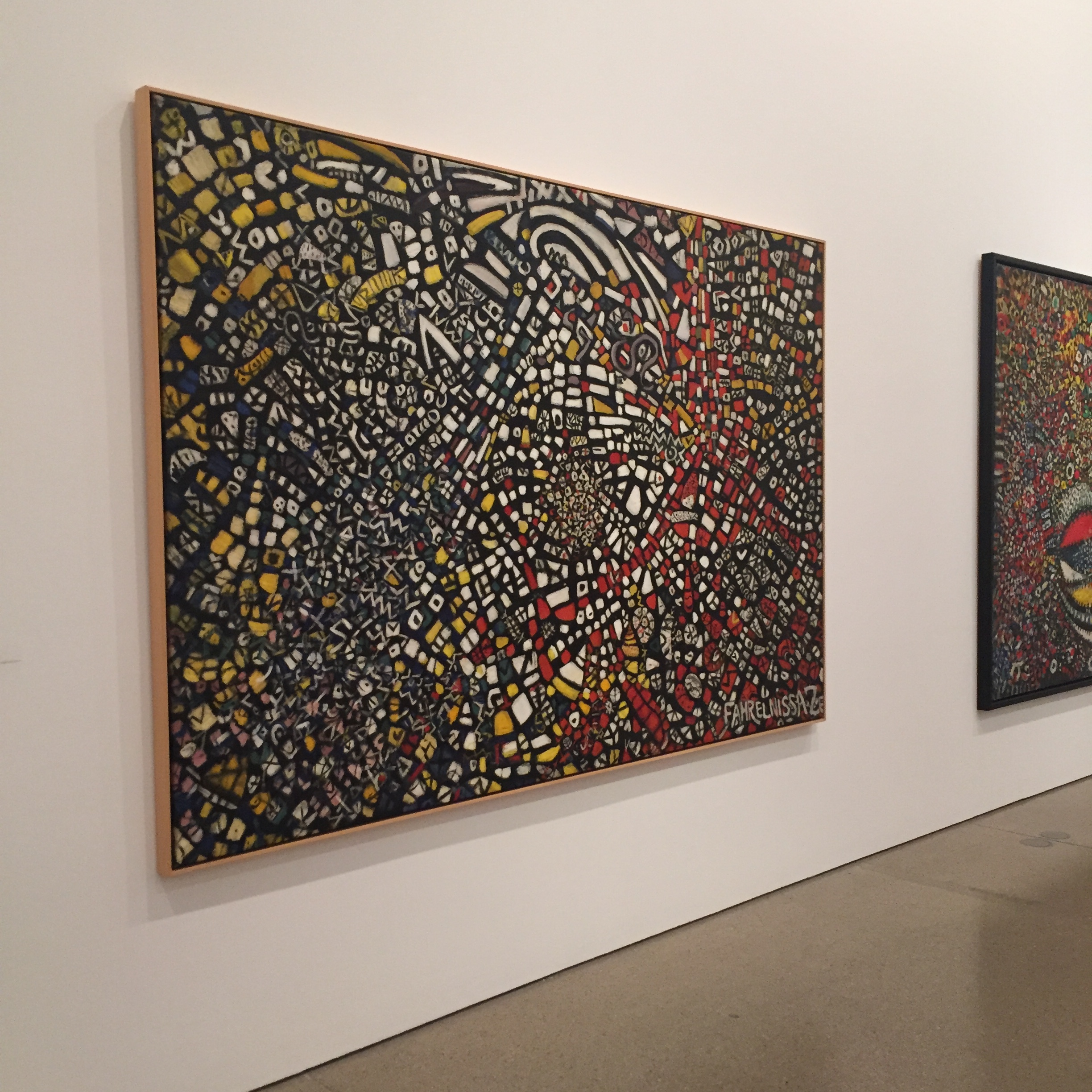shadow-facing
reminded
the intensity of the small
be quietly joyful
sit still and be in place
we are bracketed through time
Getting started again
adapted from Simone de Beauvoir, The Second Sex
Post-exhibition misery should be familiar to me by now but always takes me by surprise. This time was the worst yet - I put away my paints, cleared the table in the studio/living room, and sat for days reading novels and eating biscuits.
I went to Greece and swam and looked at a different landscape. I met up with artist friends and talked about future possibilities. I talked with a curator and saw things through a different lens. And I felt the energy returning.
I wrote my journal, my morning pages (as in The Artist’s Way by Julia Cameron). I read about painting. And I allowed Simone de Beauvoir to prod and push me into action. (I’ll be writing more here about how I use her words to spur me into action.)
Then I do the first thing that comes to mind, without censoring. And this time with TIna Turner playing loudly too.
on the easel today, a dynamic painting, acrylic on paper. And what of the flowers?
Opening tonight in London
At Espacio Gallery in Bethnal Green Road, just by the top end of Brick Lane. Preview 6-8 pm.
Travelling studio
My view this morning is stunning - a turquoise Lake Tekapo surrounded by snowy mountains in the South Island, New Zealand.
And I'm starting my day with studio time - reading, thinking, making notes, having ideas, looking at artworks and pondering what's next. Feeling inspired by the upcoming London exhibition and bringing together old and new work that reflects who I am and want to be as an artist.
ready for painting, a complex surface made of words
And so happy to have a snuggly little person to go back to in a few days ...
with fast moving rabbit...
A good weekend
it was, as it turned out, a really good Open Studio weekend. Over a hundred people came and some paintings were sold. Best of all, visitors took the time to look at the paintings and we had some great conversations - sharing my ideas is such an important part of being an artist for me.
Open studio anxiety
Will anyone come? Will there be enough cake? Do I really want to get out those old paintings? Does it look alright? Why am I doing this?
I am comforted by the presence of friends from Manchester and Cambridge who have made long journeys to be on the island this weekend. They’ve had a preview and given my display a thumbs up. It’s taken all week to sort the work, unpack and place it, write labels and statement. I’m using the event as a chance to review the work and spot possible new directions. If lots of eager visitors come, if some paintings and prints get sold, that will be a bonus.
Patrick Heron: the 1970s
On my first visit, I caught the brief tour of the exhibition run by the Tate St Ives. The next day I came back to sit with the paintings and look. Paintings from across his lifespan are mixed up so that you can see the threads across time. I love this presentation and it works particularly well for Heron who returned to what he loved - colour, gardens, Cornwall landscapes - while consciously developing his techniques and style through involvement in French and US art.
I sat with the huge, solid colour abstracts of the 1970s. Left below is “Two reds with emerald fragment” (1977) and right is “Big complex diagonal with emerald and reds” (1974). Descriptive rather than poetic titles...
The edges where reds meet green really sizzle - my eyes were drawn to them and then moved away because it nearly hurt to look. The shapes of colour reminded me of cut-outs, and the negative spaces in photographs that remain after cutting out. He balanced the shapes as he painted.
The colour looks solid from a distance, and each is indeed just one pigment and tone. But there is texture in the surface and the edges are not hard. He called them “wobbly hard edges”. The edges of the canvas too are wobbly with small areas of the white canvas showing along the edge. The paint was applied, all over, with a small brush, ensuring the process remains visible in the product.
Tate St Ives
As well as the Patrick Heron exhibition, of which more soon, I’m delighted to find the Tate St Ives now features work by artists who painted here. It was hard to believe when I came years back that they didn’t!
And I was surprised to meet an artist I had first encountered in New Zealand - Frances Hodgkins. She rented a studio here from 1914 - 1920. Imagine what else was going on in those years...
Looking
I’ve come to Cornwall because I wanted to see Heron’s paintings in the flesh. Or on the wall.
Yesterday I sat on the beach and did the short tour offered by the Tate St Ives. I’m off back again with sketchbook and pen to look and learn.
Back to Berlin
For a short working visit
The Opera House (on the right) has been restored and is visible again, quietly and grandly pink.
Deutschland Bank Gallery- last day of Fahrelnissa Zein, Turkish woman artist who worked in London and Paris, travelling between studios (now there’s an idea..)
Remembering to wait for the green Ampelmann in an empty street
April arrives
with sunshine and celandines.
It’s been a long, cold winter, with plenty of snow. And more forecast tomorrow. Amazing gentle colours when it’s freezing...
looking out to Loch Quien acrylic on canvas, 16 x 12” Lynne Cameron 2018
Thanking the women who changed things
I’ve been painting a new large (100 x 100cm) canvas. It’s the ‘daughter’ of a tiny Thank You Letter.
After a layer of writing, the paint started with a layer of subversive fluorescent pink. Then came the solid rich reds and blues, and waving green curves. Some unexpected bird-ish shapes.
wow! It is strong. I’ve had friends tell me they find one or other of my paintings ‘too much’ but this is the first time I’ve thought that myself.
I woke this morning thinking about it:
“I could calm it down with white. I could take out some of the strong shapes. I could control that corner with a line. Tone it down. Make it quieter. Stop it shouting so much. Introduce some order.”
Then I realised - this is a Thank You Letter to Simone de Beauvoir, and I’m planning how to reduce and silence its voice! On International Women’s Day! So wrong...
Any changes will be about the integrity of the work.
Another mother
Here they come! acrylic on canvas, 60 x 60 cm Lynne Cameron , 2016 . nfs
this picture produced two generations of daughters... Can you spot the starting point, quite close to the centre. The blue 'cloud' came along to balance the composition.
Voices and no voices. acrylic on canvas, 60 x 60 cm, framed. Lynne Cameron , 2016 £550
and then this, which began from the middle of the left hand side and then needed a line.
Sometimes it seemed so. acrylic on canvas, 60 x 60 cm, framed. Lynne Cameron , 2016 £550
Mothers and daughters
My ‘mothers and daughters’ method is a variation on painting in series. It works through the zoom and crop of photos taken on my phone. First comes the mother painting, out of my lived and felt experience taken into the studio.
Speech Flowers. acrylic, collage, print transfer on canvas, 100 x 100cm. Lynne Cameron, 2017.
Then comes the looking. Searching the finished work for sections that themselves make good compositions - this can be done by looking through a small square cut out of a piece of card, and with the crop facility on phone images. If a part of the mother painting is really striking, i crop a photo to get just that section. This one came from the top right...
Speech flowers (detail)
This section is the starting point for the daughter painting. I love the technical challenge of making the new painting - I use the same size canvas so the painting is four or five times it’s original size. As it’s painted, it shifts away from the starting point and takes on a life of its own until it becomes a painting in its own right. Undoubtedly related, but independently existing, with a character of its own.
Speech Fragment. acrylic, collage, print transfer on canvas, 100 x 100cm. Lynne Cameron, 2017.



